The blush of peach blossoms rivals the flush on human faces: The legendary story of Cui Hu
Among the poets of the Tang Dynasty, Cui Hu is widely known for his poem "Written at the South Village of the Capital". The story behind this poem, "Faces of the Peach Blossom", has been handed down as a legend to this day. This story not only showcases Cui Hu's talent and emotions, but also reflects certain aspects of the Tang Dynasty society. Cui Hu, alias Yin Gong, was a native of Boling (today's Dingzhou, Hebei Province) during the Tang Dynasty. His poetry excelled in lyrical expression, especially in describing natural scenery and expressing personal emotions. "Written at the South Village of the Capital" stands out among his works, and its content reads: "Last year at this time by this gate, Your face like a peach bloom in the sun. Now, your face is gone, I don't know where, But peach blossoms still smile in the spring breeze." The story behind this poem took place in a village south of Chang'an, the capital of the Tang Dynasty. During the Qingming Festival, Cui Hu passed by and encountered a beautiful young girl. Standing before the door, she contrasted beautifully with the blooming peach blossoms, like a vivid painting. Cui Hu was attracted by her beauty and charm, but due to various reasons, he failed to speak with her. The following year on Qingming Festival, Cui Hu revisited the same place, hoping to see the young girl again. However, while the peach blossoms were still in full bloom, the young girl was nowhere to be found. Deeply saddened, Cui Hu inscribed "Written at the South Village of the Capital" on the door. This poem uses peach blossoms as a medium, contrasting "last year" with "today," expressing nostalgia for the lost good times and sentiments about the impermanence of life. At the same time, the line "Your face like a peach bloom in the sun" has become a classic description of a woman's beauty. Cui Hu's story of "Faces of the Peach Blossom" not only demonstrates his literary talent, but also reflects the aspect of cultural exchange between literati and the common people in the Tang Dynasty. In that era, scholars and poets often sought inspiration on their travels, coming into close contact with the local customs and culture. This kind of exchange not only enriched their creative materials but also made their poetry more grounded in reality, easily resonating with people. In conclusion, Cui Hu's story of "Faces of the Peach Blossom" is not only a beautiful legend but also a microcosm of the Tang Dynasty society. Through this poem and its background story, we can gain a deeper understanding of Tang culture and the living conditions of scholars and poets during that era.

Disclaimer: The above content is sourced from the internet and the copyright belongs to the original author. If there is any infringement of your original copyright, please inform us and we will delete the relevant content as soon as possible.
Guess you like it
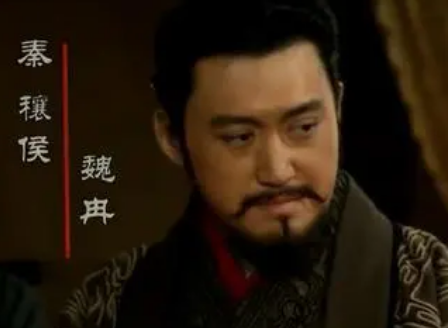
Wei Ran: A discerning politician of the Warring States period
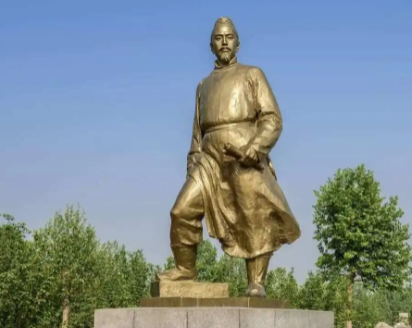
Li Chun: The outstanding contribution of the bridge builder in the Sui Dynasty
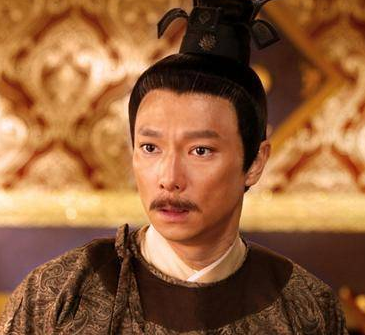
Emperor Wen of Sui abolished Crown Prince Yang Yong: a history filled with love and political intrigue.
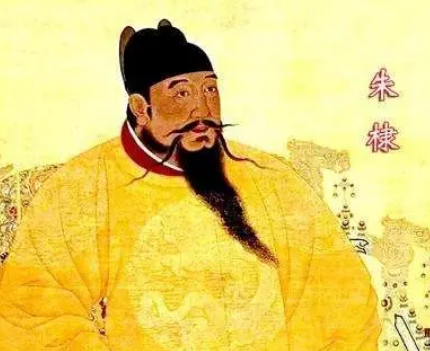
How many concubines were buried alive with Zhu Di? Who are they?
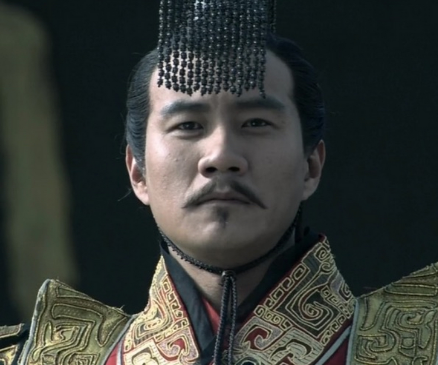
The Pursuit of History: Exploring the Authenticity of the King of Wu

The Shift of Warring States: An Analysis of Takeda Shingens Strategic Consideration for Not Rescuing Takatenjin Castle
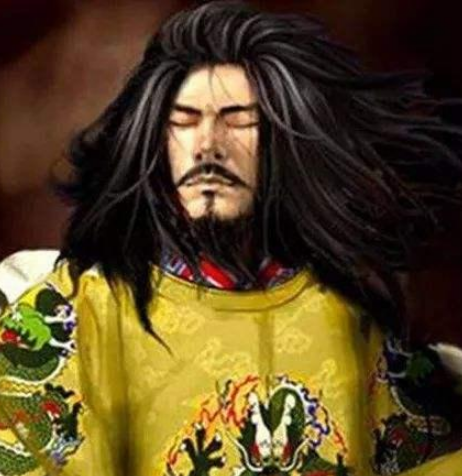
The End of the Last Emperor: Exploring the Place of Emperor Chongzhens Death
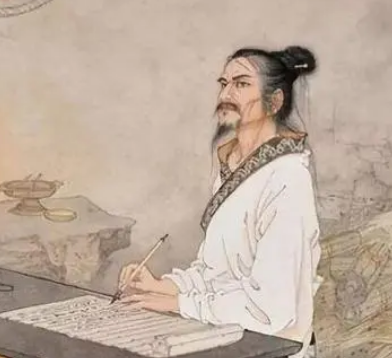
Is there a relationship between Zuo Qiuming and Confucius? What is the relationship?

Hunyadi: The Rise of the Hungarian National Hero
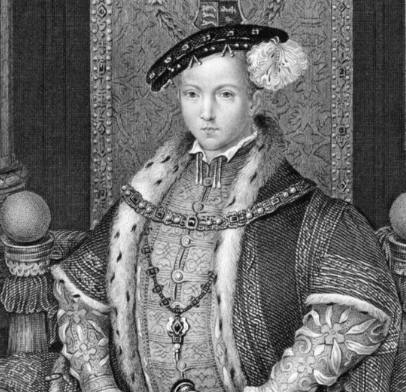
Was Edward VI a good king? What are the controversial aspects?









